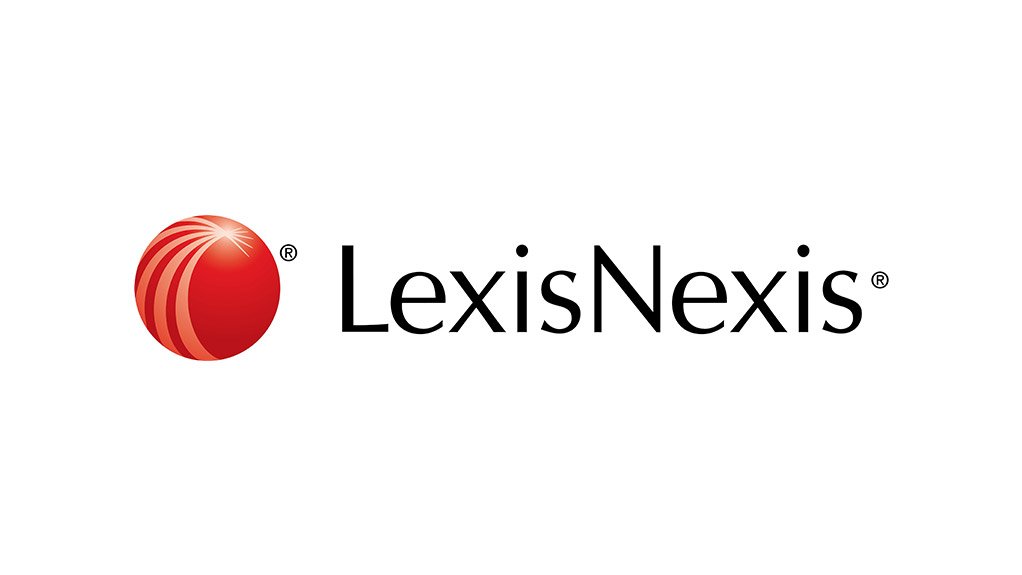The recent Prospectors and Developers Association of Canada (PDAC) Convention held in Toronto attracted more than 25 000 delegates, either offering or seeking opportunities to invest around the world in the most prospective mining assets and projects.
Regulatory uncertainty, lack of policy cohesion, infrastructural constraints and, in some instances, politics across the continent were clearly seen as deterrents but there is great potential to attract investment if these issues can be addressed.
The highlight of this year’s PDAC Convention was evidence of considerable potential for investment from Canada into Africa, if investors can be assured of a mining-friendly environment.
At a well-attended panel discussion hosted by Deloitte and Webber Wentzel, participants discussed key regulatory developments and opportunities in the mining sector in Africa.
The South African government sent a delegation headed by the Deputy director-general Buyisiwe Faith Ntokozo Ngcwabe, while other senior delegations from the African Union were also in attendance.
Resource nationalism in SA, as well as in other African countries, came in for some criticism. Continuous changes to mining legislation over the years have evidently made investors very nervous.
Although investors agreed it was important that countries legislate to address socio-economic inequalities, it was felt that the pendulum had swung too far away from the needs of mining investors. In their efforts to milk the cow, African governments have squeezed it dry. It appeared that many African governments perceived only the direct benefits of mining, rather than the indirect benefits such as growth in subsidiary industries, skills transfer, infrastructural development, downstream and upstream industries and the general multiplier effect which follows in the wake of the resources industry.
Disquiet was also evident over SA’s move to cancel bilateral investment treaties. There were questions to the South African delegation about the implications for mining of land expropriation without compensation, the country’s current power shortages and militant labour. Delegates sought reassurance on contradictory political messaging and lack of cohesion among SA’s government departments.
The level of available investment at PDAC showed that if perceptions of a hostile mining environment in Africa and SA could be turned around, there was considerable potential for funding for African mining projects from Canada, even supplanting London as a source of finance.
There appeared to be institutional funding available for Canadian prospecting companies and a lot of interest was being expressed in cannabis (much of which is grown in Africa). Other areas of interest were minerals that could feed China’s growth, particularly its steel industry, including vanadium, manganese, iron ore and ferrochrome.
At present, most of Canada’s mining investment is being directed towards South American operations and assets, but that is likely to be temporary. The continent appeals to Canadian investors partly owing to geography but partly also because South American governments are showing greater awareness than African governments of what investors need.
The convention showed investors were currently interested in battery minerals, which SA largely lacks, rather than the precious and base metals that the SA government has long argued are irresistible to investors. The last decade of declining investment in SA mining has proven that mineral endowment is not enough in itself to create a mining industry.
Written By Jonathan Veeran & Manus Booysen, Partners at Webber Wentzel
EMAIL THIS ARTICLE SAVE THIS ARTICLE ARTICLE ENQUIRY
To subscribe email subscriptions@creamermedia.co.za or click here
To advertise email advertising@creamermedia.co.za or click here











